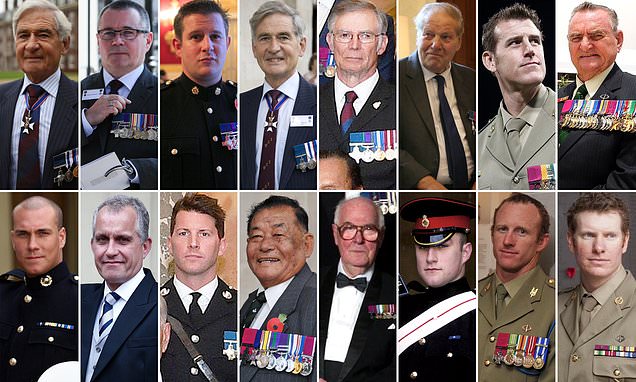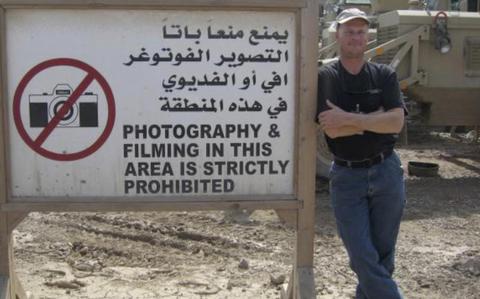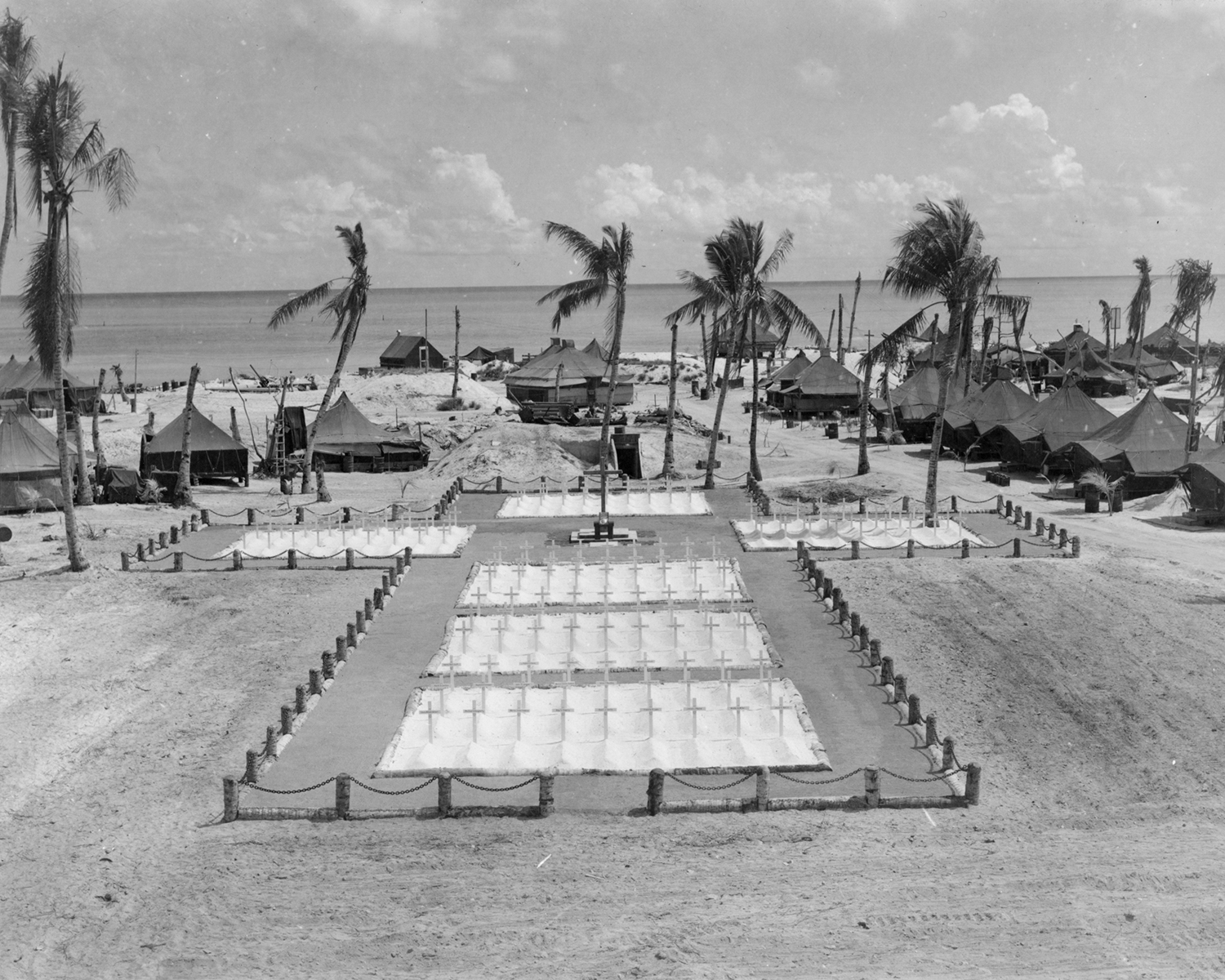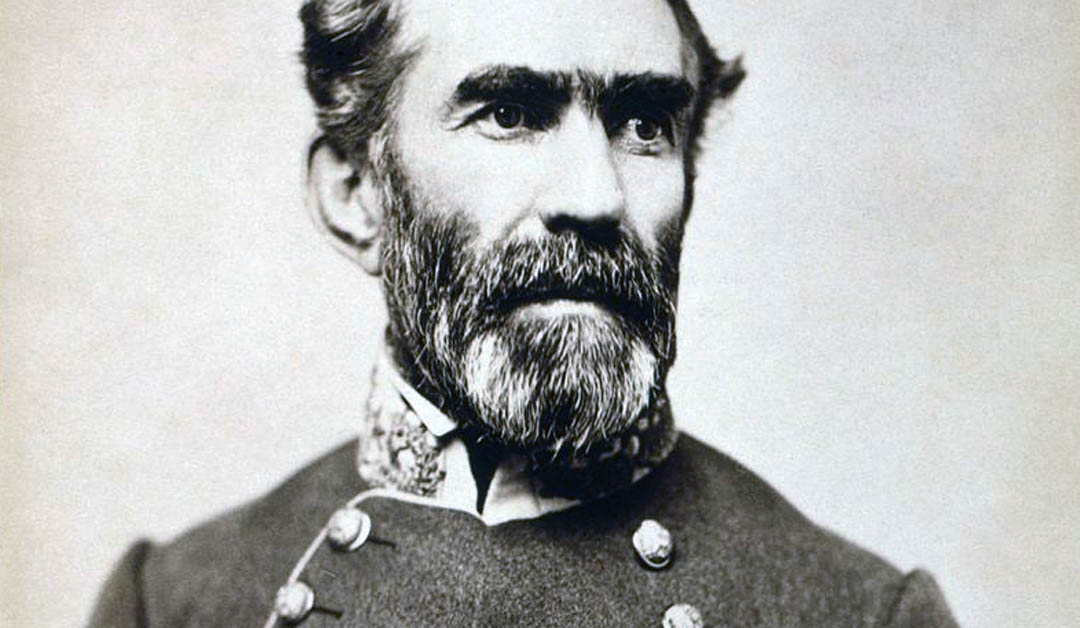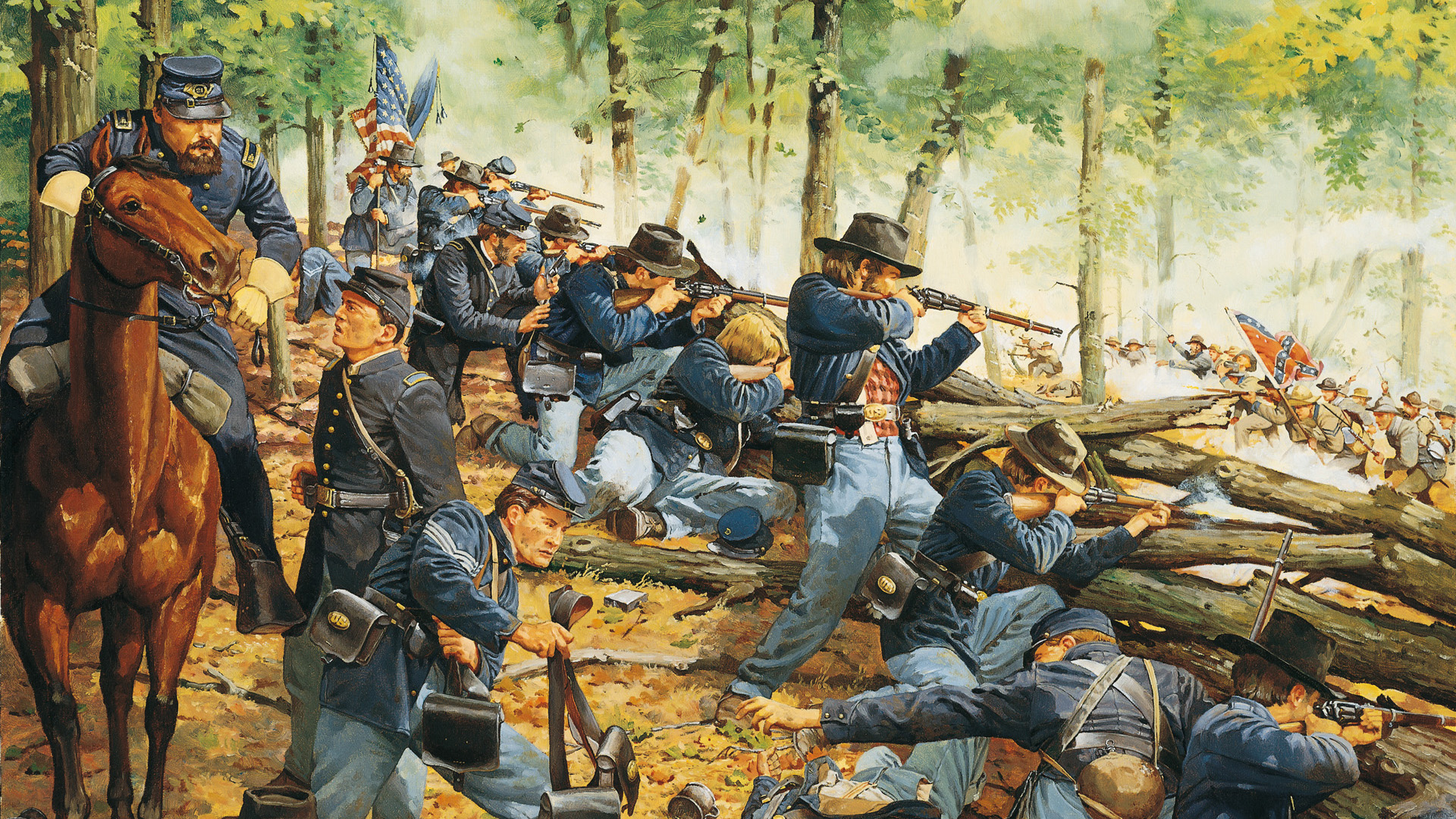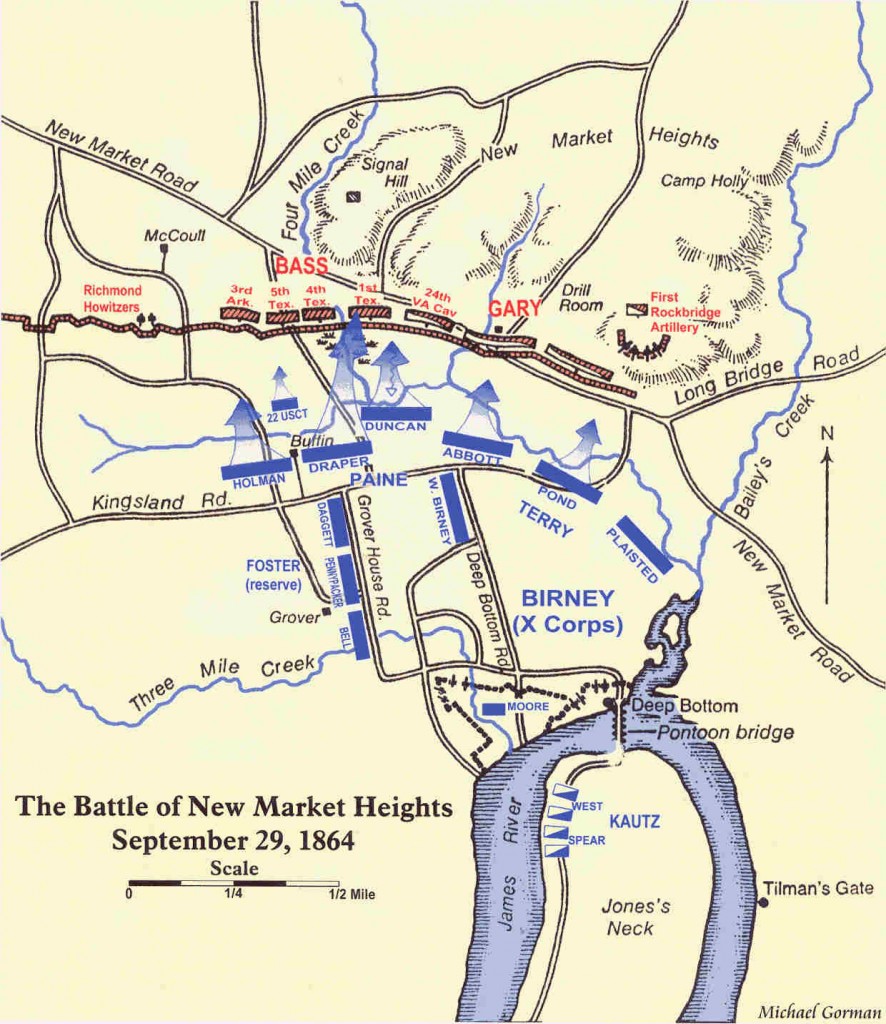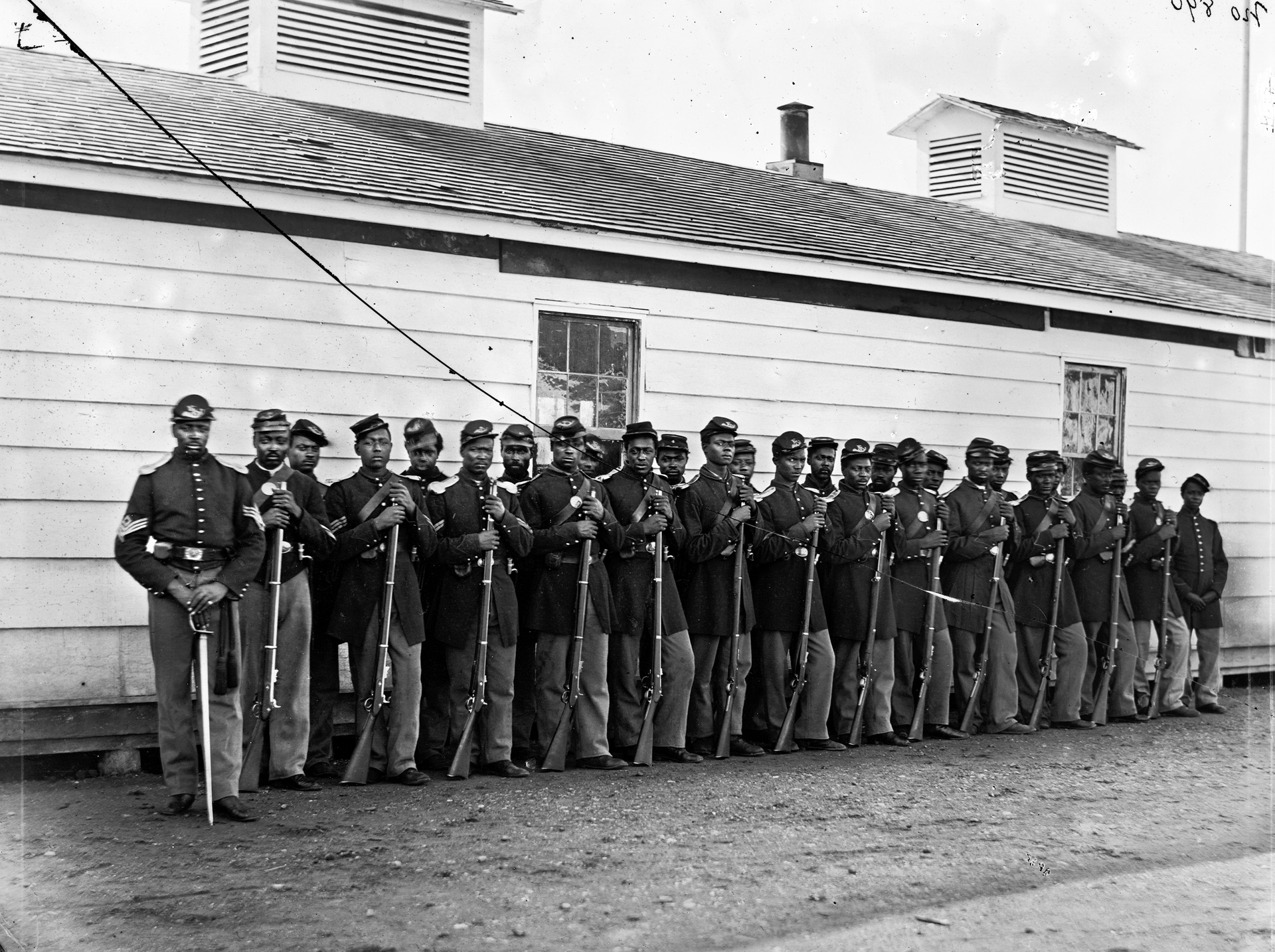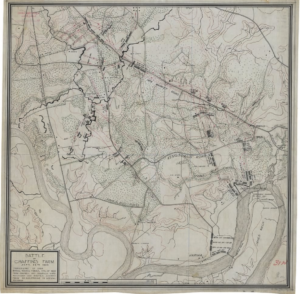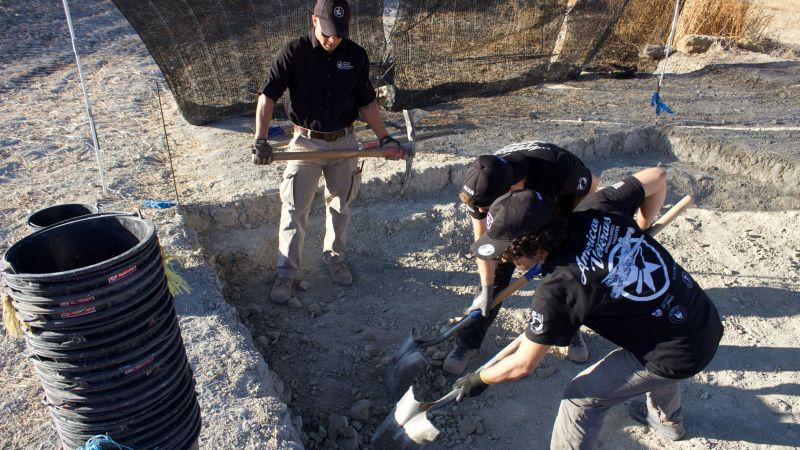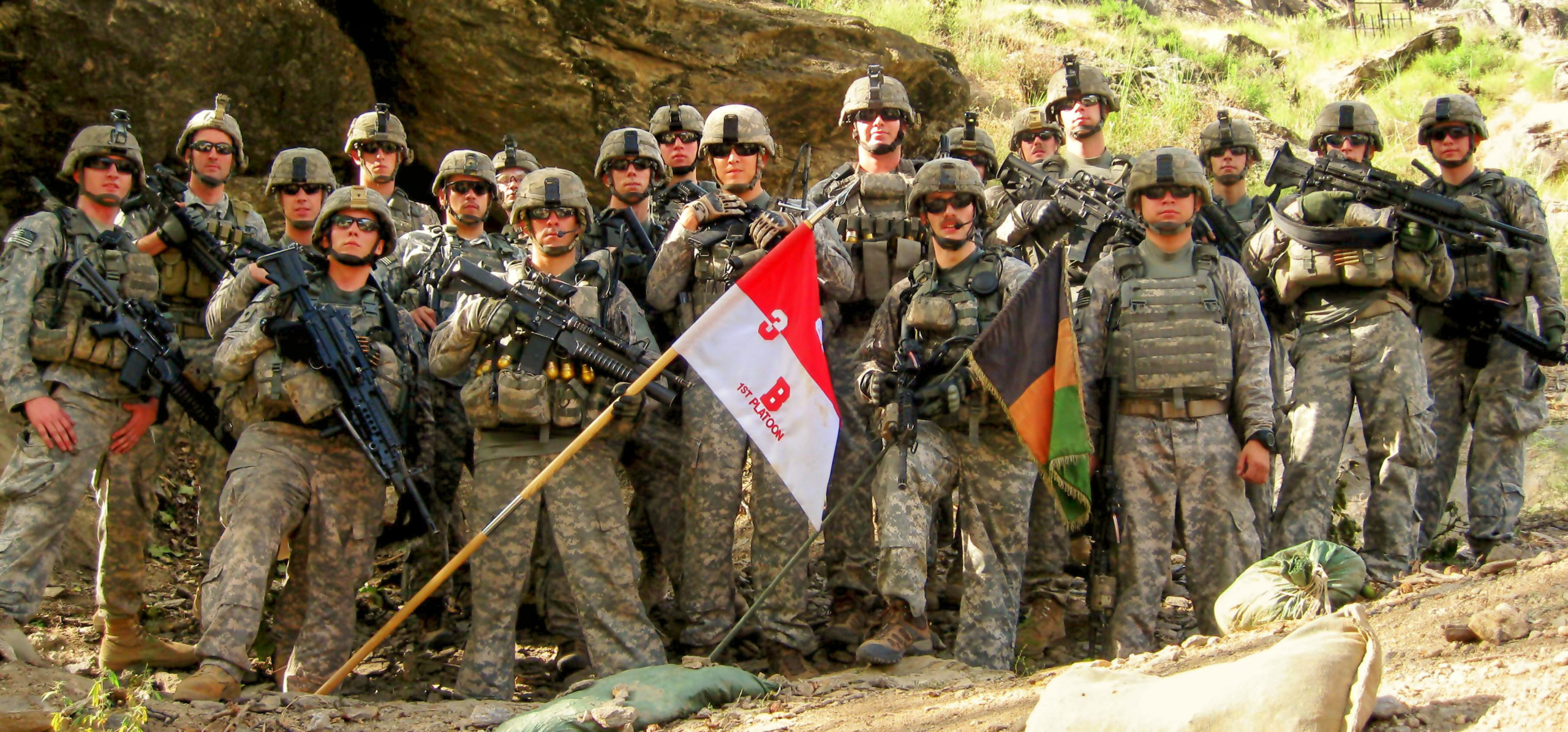Today In Military History:

For the end of the Union line, it was a shattering defeat. The Confederate Army captured 8,000 men, 15,000 muskets, 51 cannons, and a huge amount of material. It was the greatest tactical victory of the Confederate army in the west and also the last major victory in the battlefield for the Confederacy in the entire war.
The battle was damaging to both sides in proportions roughly equal to the size of the armies: Union losses were 16,170 (1,657 killed, 9,756 wounded, and 4,757 captured or missing), Confederate 18,454 (2,312 killed, 14,674 wounded, and 1,468 captured or missing). They were the highest losses of any battle in the Western Theater during the war and, after Gettysburg, the second-highest of the war overall. Among the dead were Confederate generals Benjamin Hardin Helm (husband of Abraham Lincoln's sister-in-law), James Deshler, and Preston Smith, and Union general William H. Lytle. Confederate general John Bell Hood, who had already lost the use of his left arm from a wound at Gettysburg, was severely wounded with a bullet in his leg, requiring it to be amputated. Although the Confederates were technically the victors, driving Rosecrans from the field, Bragg had not achieved his objectives of destroying Rosecrans or of restoring Confederate control of East Tennessee, and the Confederate Army suffered casualties that they could ill afford."
'The Rough Side of War' The Civil War Journal of Chesley A. Mosman
"bout 10am we halted to bury the bones of dead men who fell here Saturday evening September 19th, out of Hazen's Brigade. Papers near the bones of one showed that he was Harrison Emery of the 101st Ind. Regiment. I was surprised to find how well preserved the parts of the bodies covered by pantaloons were. The coats and shirts were generally open and did not protect the upper body as well. Some lay as they fell, others had been rooted and tossed about by the hogs and turned over. Heads were missing from some. The chests seem to have decayed very fast. It is just two months and eleven days since the battle and the scene is awful. The Rebels may have intended to bury them but they certainly did not.
Along the road, close to a house where apparently a stand had been made there was about 100 corpses that had had earth thrown upon them from the knees to the chin, leaving heads and feet exposed. It was a shockingly cruel sight. Many died of their wounds, unattended and uncared for. A woman nearby told me that "but for the meanness all would have been buried." Whose meanness do you mean, I asked. "Gen. Bragg," she answered, "The citizens wanted to bury them but he would not allow it."
Cartridge boxes, belts, cups, tins, haversacks and other debris covered the ground. We have not seen the field of the heaviest fighting yet. It is to our rear. The 9th Ind. boys found the ground over which they fought and the grave of a lieutenant of the Regiment names S.B Parks. They had left an envelope on him with his name, Company and REgiment on it, and the envelope was still on the grave. The Rebels had buried him and built a tall pen over his grave. A tree near the ground the 9th fought on has the names of two of the 10th and one of the 19th South Carolina cut upon it. Their graves were near its foot and also of Lockhard and Lindsay of the 24th Ala.There were many graves of members of the 32nd, 18th and other Tennessee Regiments that fought Grose's Brigade. Men not on duty play chuck-a-luck while details bury the dead."

en.wikipedia.org
Chickamauga Battle facts, including date, location, casualties, leaders, and who won.

www.americanhistorycentral.com
In the deep woods of Chickamauga Creek, wary Union and Confederate soldiers thrashed the the under brush seeking a confrontation to the death.

warfarehistorynetwork.com

 ederflag.com
ederflag.com

